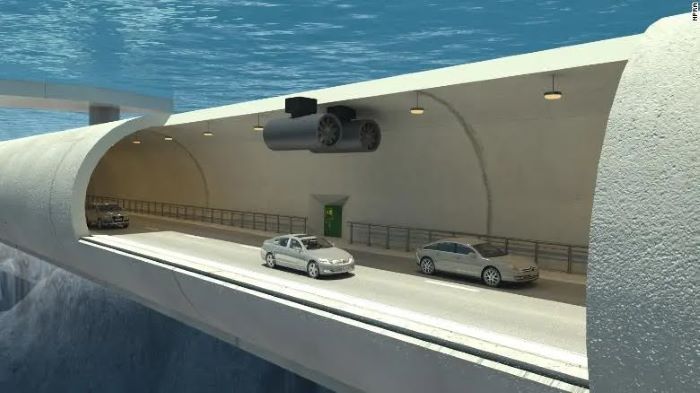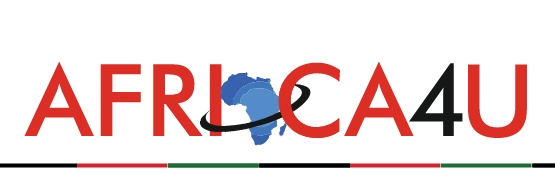(3 Minutes Read)
If built, the tunnel would be one of the longest of its kind worldwide and would make transporting goods and people between Africa and the European Union faster and cheaper.
A German-owned company has been awarded a contract to conduct a feasibility study on building an undersea railway tunnel between Morocco and Spain, the latest indication that the long-stalled plan could become reality.
If built, the tunnel would be one of the longest of its kind worldwide and would make transporting goods and people between Africa and the European Union faster and cheaper.
Morocco and Spain have been mulling over how to create a fixed connection between the two countries – either a tunnel or a bridge – since at least 1980, but the cost and complexities involved have thwarted their ambitions. Now, though, the duo, with EU support, seem determined to revive the plan.
Secegsa, a Spanish-state owned company created in 1981 to promote the tunnel, has hired Herrenknecht Iberica, a subsidiary of Germany’s Herrenknecht, to complete a feasibility study on the tunnel.
At its narrowest point, the distance between Morocco and Spain across the Strait of Gibraltar is just 13km, although geological and topographical factors mean Secegsa has proposed a longer route. In 1996 it ruled out building a bridge. The Ruta de Umbral would feature a 38.5 km-long tunnel, of which 28km would be under the sea at depths of 175m to 475m below sea level.
Read Also:
https://trendsnafrica.com/us-updates-official-map-recognizes-western-sahara-as-part-of-morocco/
In Morocco, it would surface close to the port city of Tangiers, while its Spanish terminal would be in the south in the province of Cadiz, in a sparsely populated area.





